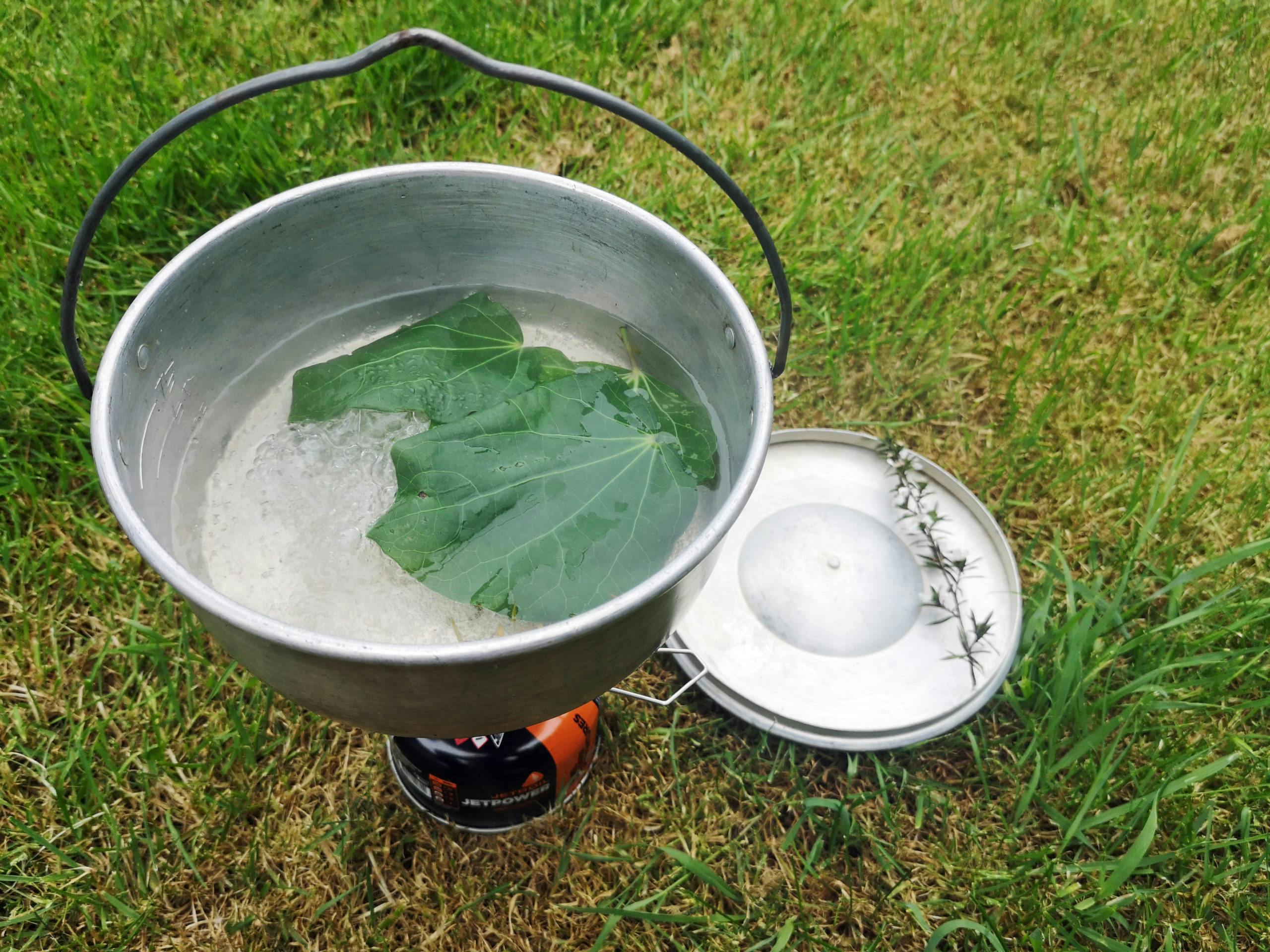The only thing better than a hot cup of tea in the wilderness is a hot cup of bush tea, writes Robert Vennell
Bush tea is just what it sounds like – a tea brewed with plants collected from the bush. There are many good reasons to drink bush tea. For starters, it’s free and you don’t have to worry about carrying it in your pack. It’s also better for the environment. Why buy packaged tea that was grown overseas and shipped to New Zealand when you’ve been walking past tea leaves all day?
Bush tea is also the best way to immerse yourself in the wilderness experience and connect with nature. You’ve seen it and smelt it, now you can taste it.
For many aspiring connoisseurs, the first few attempts can be underwhelming and might be enough to put you off altogether. But follow these guidelines and you’ll get the most out of your bush tea.
1. Pick your plants
The best place to get started is with the iconic kawakawa and the tea trees themselves – mānuka and kānuka. Kawakawa produces a lightly spicy, refreshing drink. Many of the leaves are riddled with holes from the kawakawa looper caterpillar and in rongoā Māori tradition, the leaves with the most holes are considered the best for tea as they contain the highest concentration of medicinal properties. Mānuka and kānuka produce some of our finest native teas with a bitter aromatic flavour and make a great base for blending in other plants such as horopito for a spicy kick or koromiko to soothe a sore stomach.
2. Know your dose
Not all bush teas are equal in strength. In particular, mānuka is very strong and it’s easy to overdo it and make an exceptionally bitter tea. For mānuka, a spoonful of leaves often does the trick. It’s cousin kānuka is a lot more forgiving, and you can get away with putting a small twig of leaves into the pot. For kawakawa, a couple of leaves per pot is usually enough to get a decent brew. Ultimately, it comes down to experimenting with different amounts to see what you prefer.
3. Keep your leaves on the boil
There’s nothing more disappointing than waiting patiently for the pot to boil, pouring water over your leaves only to discover it tastes like hot water. Adding leaves directly to the boiling pot of water and leaving them on the boil for several minutes will ensure as much taste and flavour
is extracted as possible.
4. Know your enemies
Not everything that is natural is healthy, and some native bush teas could cause some real damage. Only put something in your mouth if you know what it is and that it’s safe. Two common natives to steer well clear of are tutu and kowhai which are surprisingly toxic if ingested.








